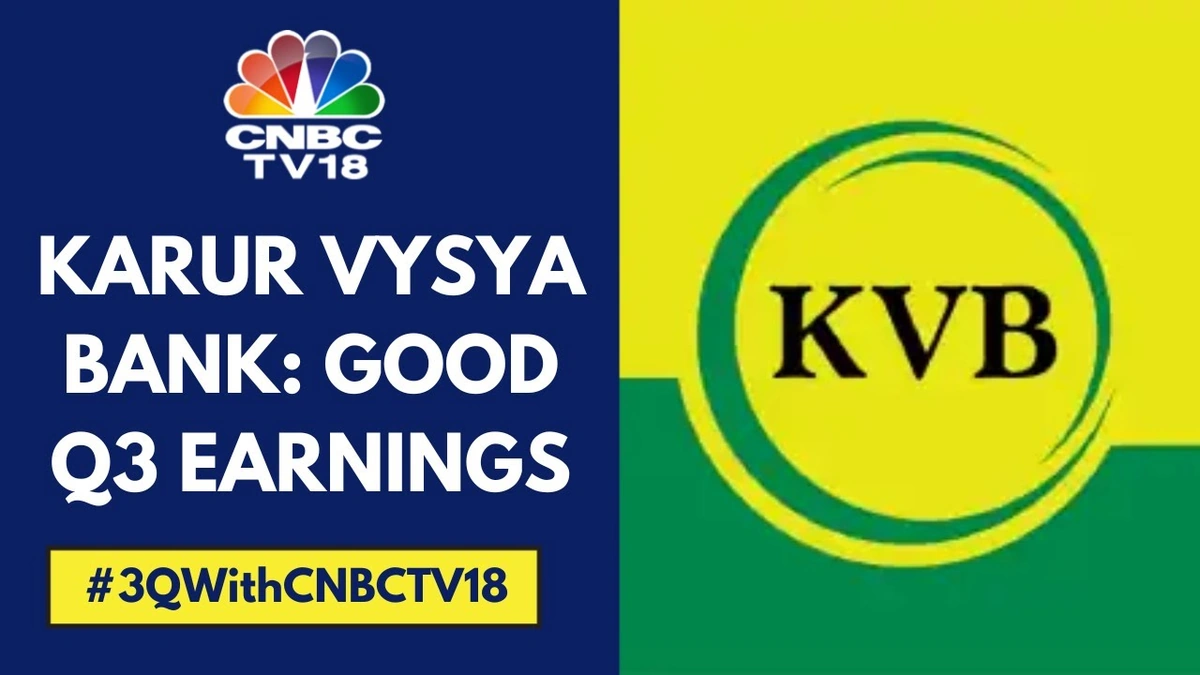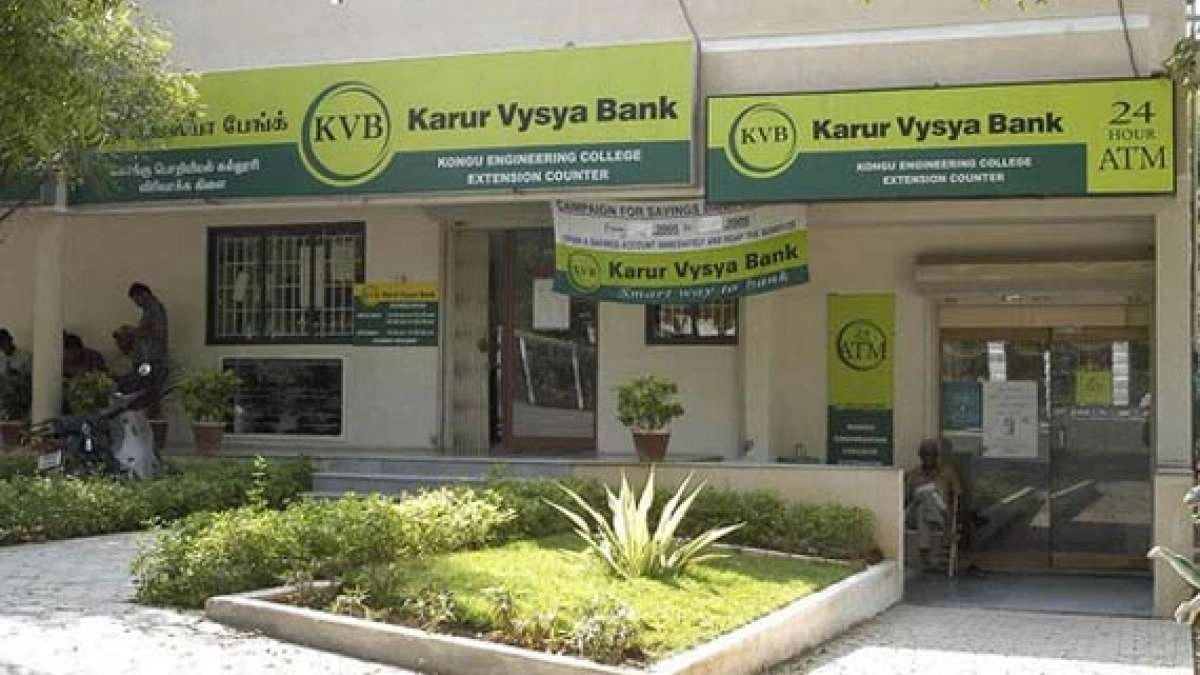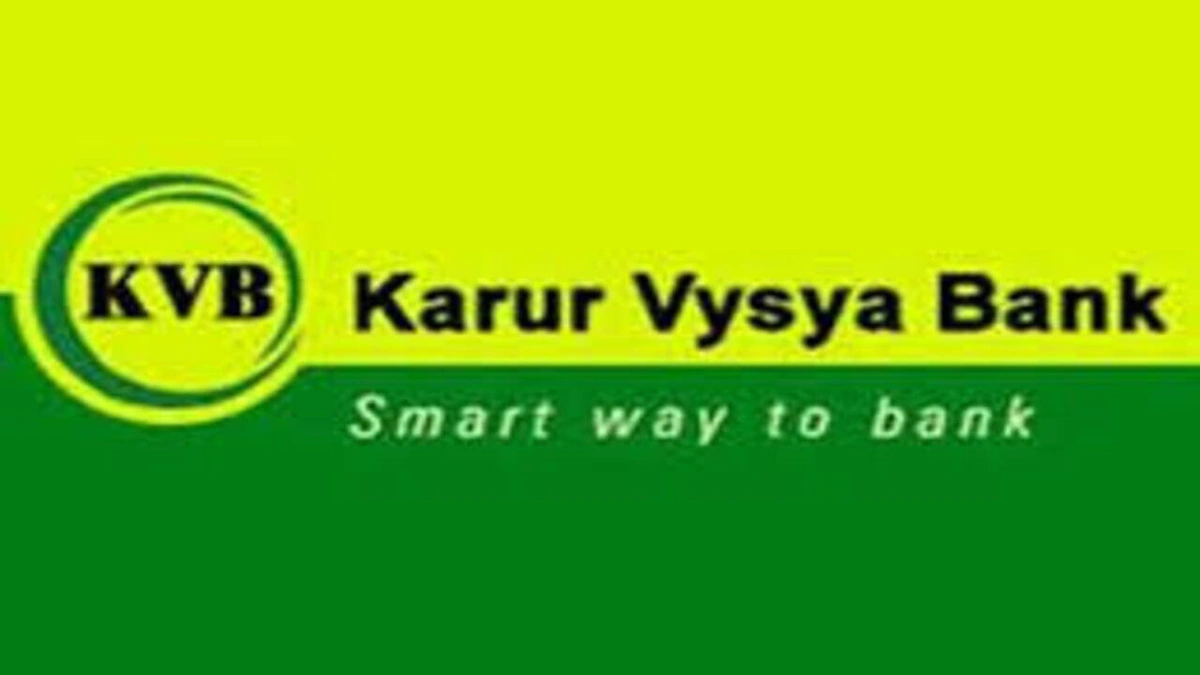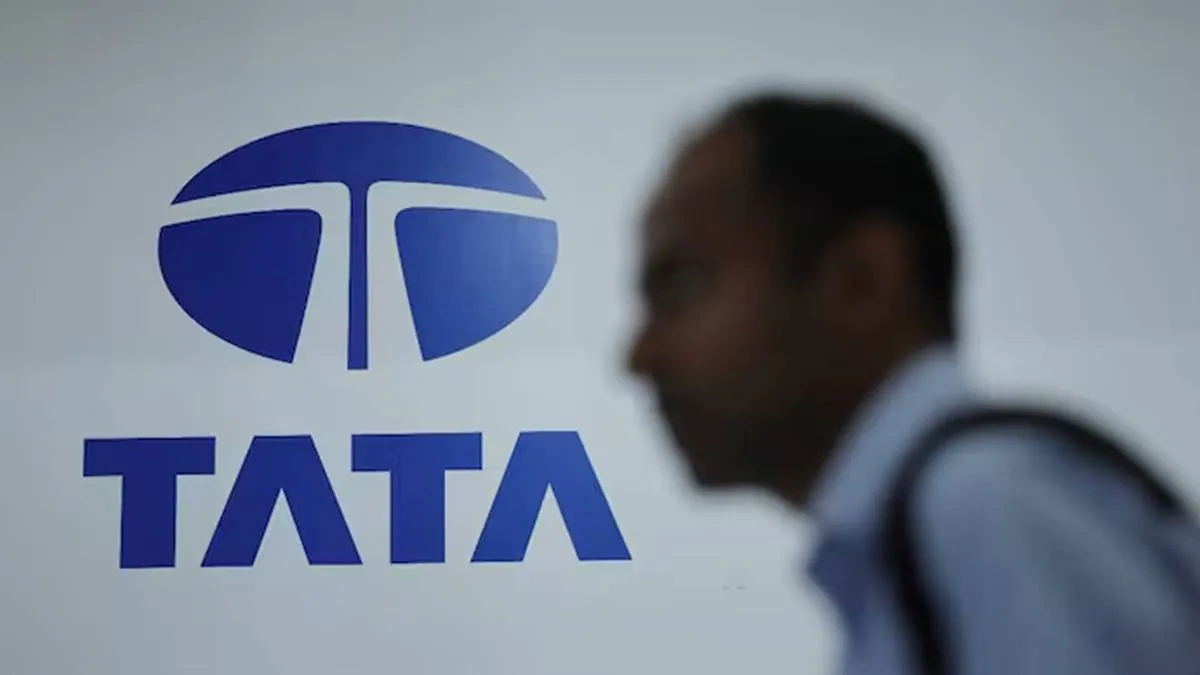KVB | The 100-Year-Old Bank That’s Suddenly Everywhere. Here’s Why It Matters.
Okay, let’s have a real chat. You’ve probably seen the name pop up more and more lately, right? KVB . It might be in a news article about surprisingly strong stocks, or maybe a friend mentioned it. The full name, Karur Vysya Bank , sounds… well, traditional. Almost vintage. It doesn’t have the flashy, modern ring of an HDFC or an ICICI.
And for a long time, that’s exactly what it was: a solid, reliable, but quiet player, mostly rooted in South India.
But something has shifted. Seriously.
This isn’t just another bank. It’s a fascinating story unfolding in plain sight a story about how an institution with over a century of history is quietly navigating the chaotic world of modern Indian finance. It’s not just surviving; in many ways, it’s thriving. So, pull up a chair. Let’s get into the why behind the buzz, and what it actually means for you, whether you’re an investor, a potential customer, or just curious.
More Than Just a Name | The Secret Sauce in KVB’s DNA

To understand what’s happening with KVB today, you have to go back to its roots. And I mean way back. We’re talking 1916. Pre-independence India. The bank was founded in Karur, a textile town in Tamil Nadu, with a very specific mission: to serve the needs of traders, weavers, and farmers.
Now, why is this old history lesson important?
Because that DNA that focus on the small and medium enterprise (SME) sector and the agricultural community is still at its core. Unlike newer banks that often chase large corporate accounts, KVB has generations of experience in understanding the nitty-gritty of small business finance. They understand seasonal cash flows, community trust, and the value of a long-term relationship. It’s a level of grassroots expertise that you just can’t build overnight. This deep community integration is something many organizations strive for, from financial institutions to community bodies like the Hajj Committee of India .
This historical focus has given them a massive, often unspoken, advantage: stability. While other banks have been rocked by scandals involving huge corporate defaulters, KVB’s loan book has generally remained cleaner and more diversified. It’s a classic tortoise-and-hare story. The hare gets the headlines, but the tortoise… well, the tortoise just keeps moving forward, steadily and surely.
The “Quiet Revolution” | How KVB is Punching Above Its Weight

So, it’s an old, stable bank. Got it. But that doesn’t explain the recent excitement. Here’s where the story gets really interesting. For the past few years, KVB has been undergoing a quiet, but incredibly effective, transformation. It’s not about changing who they are, but about upgrading how they do things.
Let’s break down this revolution into three parts:
1. The Digital Makeover (Without the Gimmicks)
Let’s be honest, every bank talks about “digital transformation.” It’s the biggest buzzword in finance. But KVB’s approach feels different. Instead of just launching flashy apps for the sake of it, their focus has been on practical, useful technology. Their kvb net banking portal and mobile apps are clean, functional, and, most importantly, reliable. They’ve invested heavily in technology on the backend to make processes like loan approvals faster and account opening simpler. It feels less like a tech company trying to be a bank and more like a bank genuinely using tech to make its customers’ lives easier.
2. The Financials Are (Actually) Impressive
This might be the “boring” part, but it’s the engine driving everything. The kvb share price has caught the attention of many investors recently, and it’s not without reason. The bank has consistently shown strong growth in profits while keeping its Non-Performing Assets (NPAs) in check. What are NPAs? Think of them as loans that have gone bad. A low NPA ratio is a sign of a very healthy, well-managed bank that’s careful about who it lends money to. According to official disclosures on sites like the BSE India website , KVB has been making significant strides in this area. It’s the financial equivalent of a meticulous student who always does their homework and it’s finally paying off.
3. Smart Leadership and Clear Focus
Under its recent leadership, the bank has had a very clear vision: double down on what you’re good at (SME, commercial, and retail banking) and use technology to do it better and more efficiently. They haven’t tried to be everything to everyone. This focus is rare and powerful. It allows them to serve their target audience exceptionally well, creating a loyal customer base that feels understood and valued, a principle that is key to managing any large-scale system, even a complex one like the TTD online booking platform.
So, Is KVB the Right Bank For You?

This is the real question, isn’t it? With so many options, from banking giants to nimble fintechs, where does KVB fit in?
I think of it this way:
If you’re someone who wants the absolute latest, most cutting-edge app feature and you don’t mind being just another number in a system with millions of customers, a giant like HDFC or ICICI might be your speed. If you want a zero-physical-interaction, app-only experience, a neobank might be the ticket.
But if you value a blend of modern convenience and old-school trust, KVB occupies a unique sweet spot. It’s for the small business owner who needs a loan officer who actually understands their business. It’s for the family that wants the security of a century-old institution but still needs a seamless UPI and net banking experience. It’s one of the best private sector banks in India for those who believe that a bank’s relationship with its customer should be more than just a transaction.
KVB is proof that you don’t have to be the biggest or the loudest to be one of the best. Sometimes, the most powerful moves are the quietest ones.
Frequently Asked Questions about KVB
What really makes KVB different from other private banks?
It boils down to its legacy and focus. KVB has over 100 years of deep expertise in serving small and medium-sized businesses and agricultural clients. This has given them a very stable, community-focused foundation that many larger, more corporate-focused banks lack.
Is KVB a safe bank for my savings?
Absolutely. KVB is a scheduled commercial bank regulated by the Reserve Bank of India (RBI), just like any other major bank in the country. Deposits are insured up to ₹5 lakhs per depositor by the DICGC. Its long history and prudent management practices make it one of the safer private sector banks.
How do I get started with KVB digital banking?
Getting started is straightforward. If you’re an existing customer, you can register for KVB net banking or the DLite mobile app directly through their official website. You’ll typically need your customer ID, debit card details, and registered mobile number for authentication.
What is the KVB history of customer service like?
Historically, KVB is known for its strong customer relationships, particularly at the branch level. While, like any bank, experiences can vary, its reputation is built on personalized service a carryover from its community banking roots. Many long-time customers stay with KVB specifically for this reason.
Can I open a KVB account completely online?
Yes, KVB offers a digital account opening process through its website and app. For certain account types, you can complete the entire process, including video KYC, from the comfort of your home, making it a convenient option for new customers.
What if I forget my KVB login password or customer ID?
Not a problem. The KVB login portal has “Forgot Password” and “Forgot Customer ID” options. The process usually involves verifying your identity using your registered mobile number, email, and some personal details like your date of birth or debit card number.
In a world obsessed with disruption and “the next big thing,” the story of Karur Vysya Bank is a powerful reminder that substance can still win over style. It’s not just about adapting to the digital age; it’s about evolving without losing the very soul that made you great in the first place.
And that, more than any quarterly report or app feature, is what makes this 107-year-old institution so incredibly relevant today.













